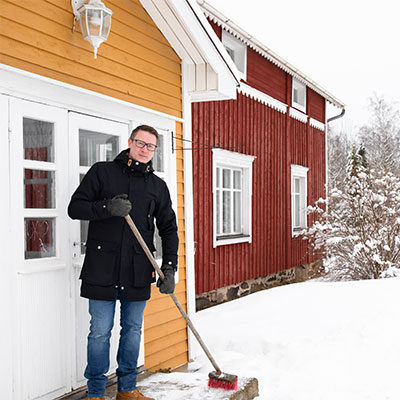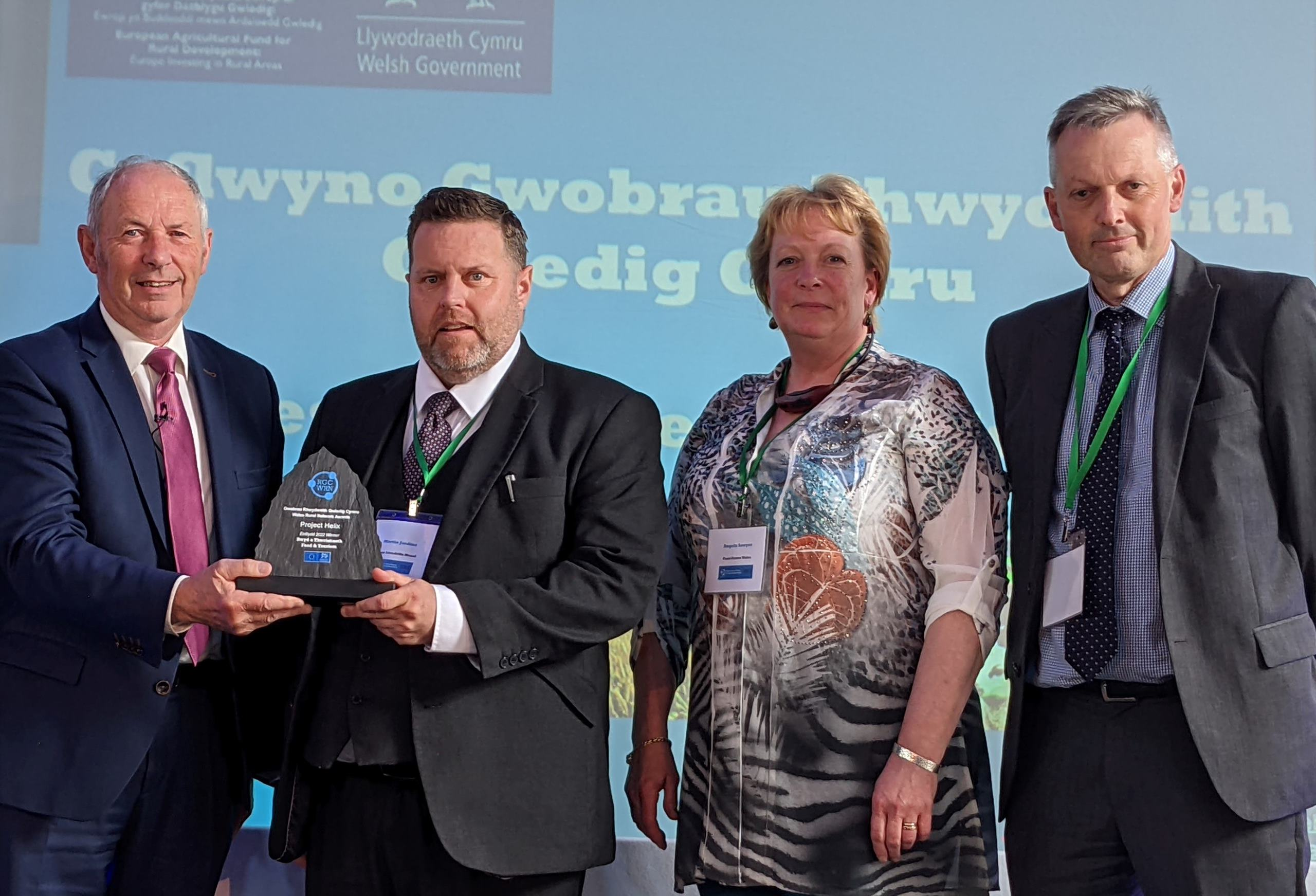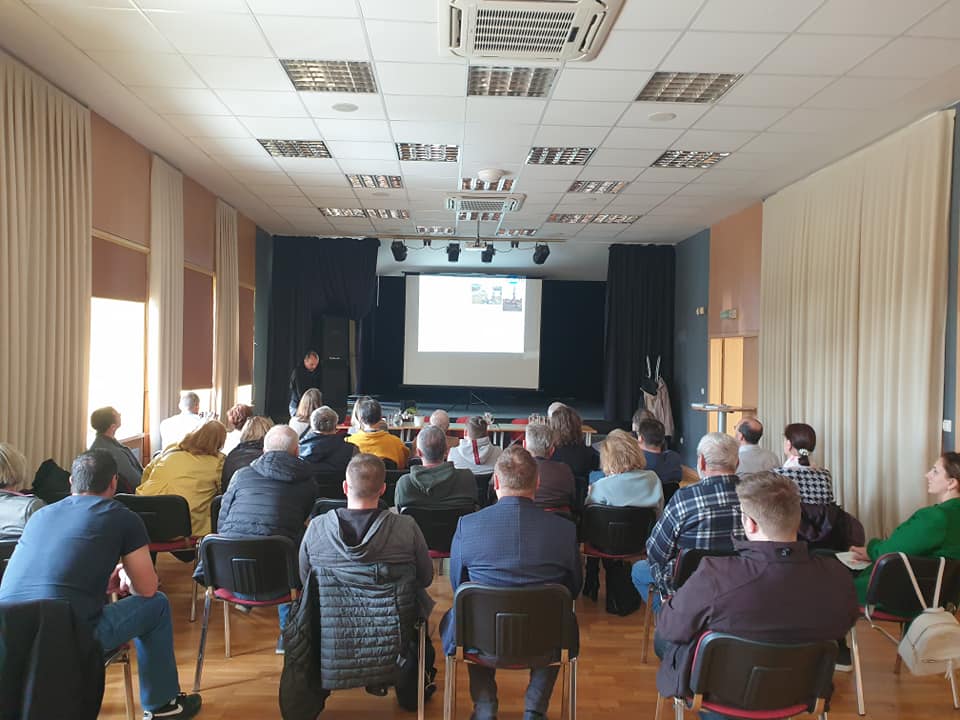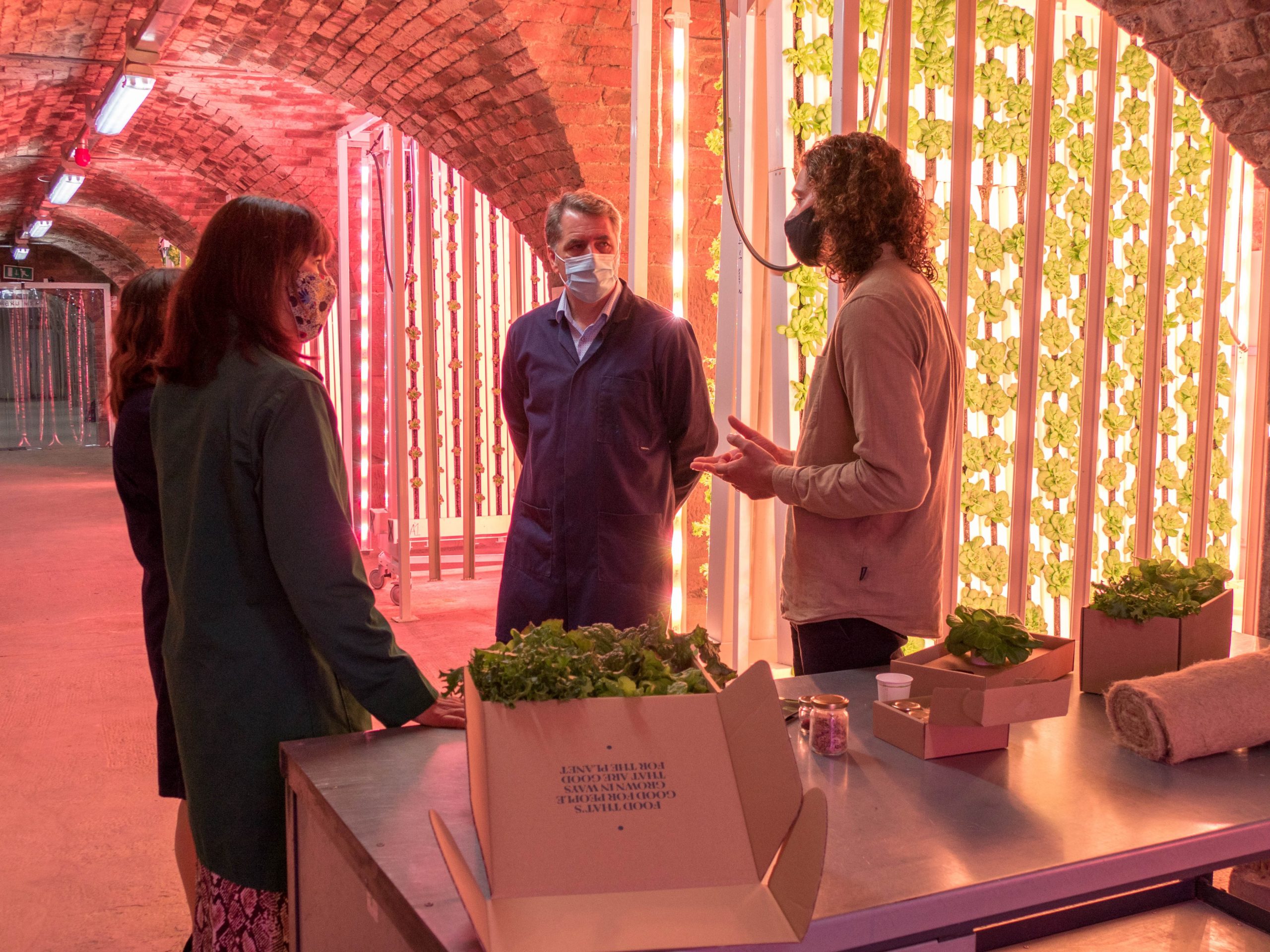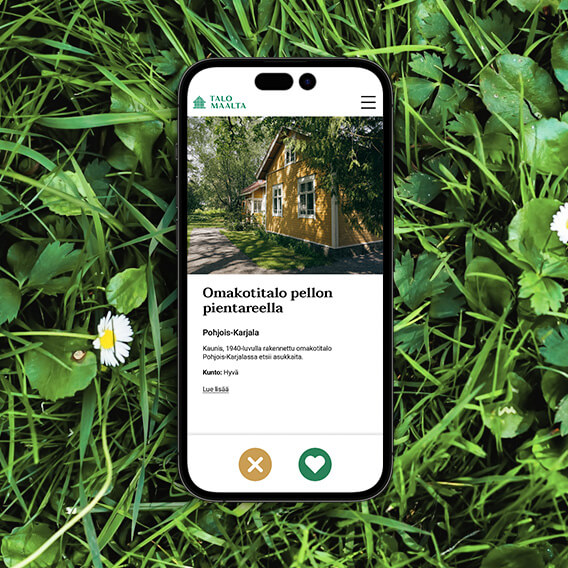 © Picture: Kind Company
© Picture: Kind CompanyThis project sees the development of a platform which serves as a meeting point for property owners and individuals interested in using abandoned and under-utilised rural properties.
OPTIMISING UNDER-UTILISED BUILDINGS
Many rural municipalities have experienced a decline in population over the past decades, leading to various challenges such as the disappearance of services and economic downturn. While there is a growing interest in rural living, the barrier to construction or property acquisition can be significant. At the same time, there are numerous unused or under-utilised properties in rural areas that could be optimised. Many rural regions face a shortage of workforce, posing a hindrance to the development of these areas. However, new residents moving to rural areas have the potential to bring in a fresh workforce and contribute to the growth of local businesses.
REVITALISING RURAL AREAS
By repurposing these buildings, this project seeks to bring vitality to the countryside through their reuse. Relocating to rural areas becomes more accessible and, simultaneously, properties suitable for businesses become available to those in need. The focus is not on selling properties but on enabling their beneficial use, which may eventually lead to property transactions. Through the service, users can explore each other's profiles, and when common interests align, they can negotiate and agree on further steps. Users have the autonomy to choose who they wish to engage in discussions with.
SUSTAINABLE DEVELOPMENT
The online service developed by this project allows a large number of people interested in moving to the countryside to be reached. The service enables the targeted identification of suitable homes and communities for different target groups, such as young families or retirees. This attracts new residents to rural areas and help revitalise villages and small municipalities. The project contributes to promoting the green transition and sustainable development in rural areas. For instance, by renovating old houses for new purposes, resources can be conserved, and the environmental impact of construction is reduced.
